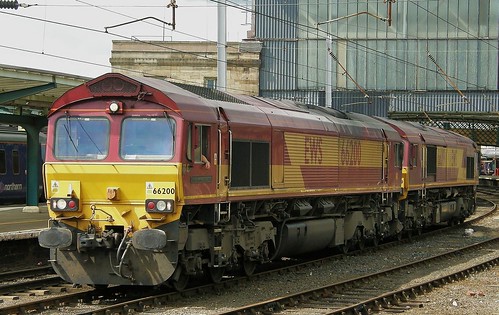
"
Cutting the roads budget marginalises the masses and ignores the fact taxpayers already subsidise niche rail and bus sectors." So says Stephen Glaister, professor of Transport and Infrastructure at Imperial College, London, in an article in today's Guardian. Glaister is also a spokesmen for the Royal Automobile Foundation and so not a neutral party to the debate.
Not very professorialGlaister begins by stating that "For most people, most of the time, the car is public transport. Ninety-two per cent of passenger travel takes place on the roads." That is not a very professorial statement. Is that 92% of trips, or mileage, or what?
Anyhow it is not sustainable, not because of carbon dioxide emissions but because of resource depletion, sheer lack of space and the fact that such widespread use of cars is not possible in a small urbanised country with a concentrated population. Nor does further investment to encourage the use of cars deal with the problem of their impact on cities, which have became a nightmare of noise, air pollution and congestion.
And why is the figure high anyway? Bad land-use planning which has resulted in car-dependency for so many. Failure to invest in public transport, which within Europe is a peculiarly British phenomenon.
The idea that railways do not pay their way arises from the use of different criteria for road and rail. A road does "not pay its way" and nobody expects it to because, unless it is a toll road, there are no direct receipts from those who use it. A road creates land value all the way along the route. But so does all infrastructure, so long as it is needed and used. To claim that railways do not pay their way is to ignore this external value. Property values in places like Oxford and Brighton are largely supported on the strength of their train services.
This is not to say that the railways are being run efficiently, or that that investment is necessarily needed in new high speed railways. There has been huge waste, for example in withdrawing fleets of rolling stock prematurely when they had a couple of decades of useful life left. But that is not support for Glaister's argument. To follow his line of thinking will lead us to more of what can be seen in the picture at the top of the page.
That said, there are serious questions that need to be asked. Public transport in Britain is poor compared to similar countries in Western Europe. Partly this is due to lack of investment, partly due to poor investment. There are some absurdly extravagant projects at the planning stage, like Crossrail in its present form. The inter-city express programme, now on the verge of cancellation. And resources are being used extravagantly. One has to ask, for example, why all the surface line stock in London is being changed just because some of it dates back to the 1960s. What is the real gain? What is the payback time?
I fear that these questions will not be asked and that Britain is being softened up by the Roads Party for another round of road building. Ultimately, it is a decision about what kind of a country we want to live in.






